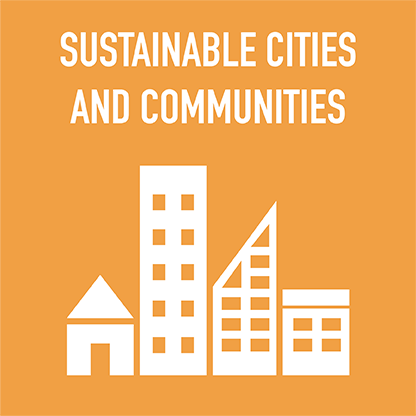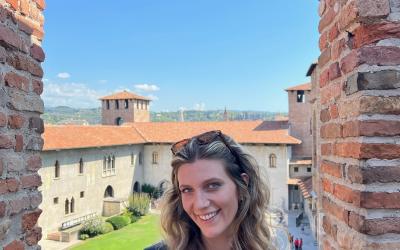Experience layers of history and space surrounded by a vibrant design culture through the architecture, interior architecture, and urban design of Rome. Walk through the ancient forums, sketch masterpieces of art and architecture from Ancient to Renaissance and Modern eras and learn from local and international experts about the design process and rivalries between the patrons, artists, and architects who shaped the city. See how buildings, interiors, streets, and plazas continue to sustain lively interaction in one of the world's most dynamic and eternal cities.
Architecture and interior architecture students will focus on how architecture and micro-urbanism have contributed to resiliency and sustainability of the city. Using drawing, watercolor, and multi-media approach to space analysis and documentation they will study how spatial form, light, details, materials, and colors affect micro-climates, spatial comfort, and human experience in the historic fabric of the city. Then, in studio, they will design a transformative institute that provides continuing education and inspiration for future generations of designers and migrants to learn from the past in their quest to concur climate change and provide environmental justice.
This eight-week program will begin with a one-week excursion to northern Italy (Milan, Verona, Vicenza, Venice) where students will tour significant architectural sites, including works by Andrea Palladio and Carlo Scarpa. Students will then return to Rome for seven-weeks where they will study the art and architectural history of Rome across the centuries while developing their field sketching, media and design skills. Following the mid-term studio review in Rome, students will visit Herculaneum and Pompei archeological sites and will spend three-nights in the Amalfi Coast where they will visit Napoli and surrounding coastal towns.
This is a rolling admission program. Early applications are encouraged.
Program Scholarship: Applicants to this program have the option to apply for a program-specific scholarship. Award recipients are chosen based on academic merit, financial need, and overall quality of their essay. Individual awards range from $500 - $1,000. To be considered, the Scholarship Essay must be completed by February 15th. Please refer to the Scholarship Essay instructions in the program application or speak with your GEO advisor for more details.




